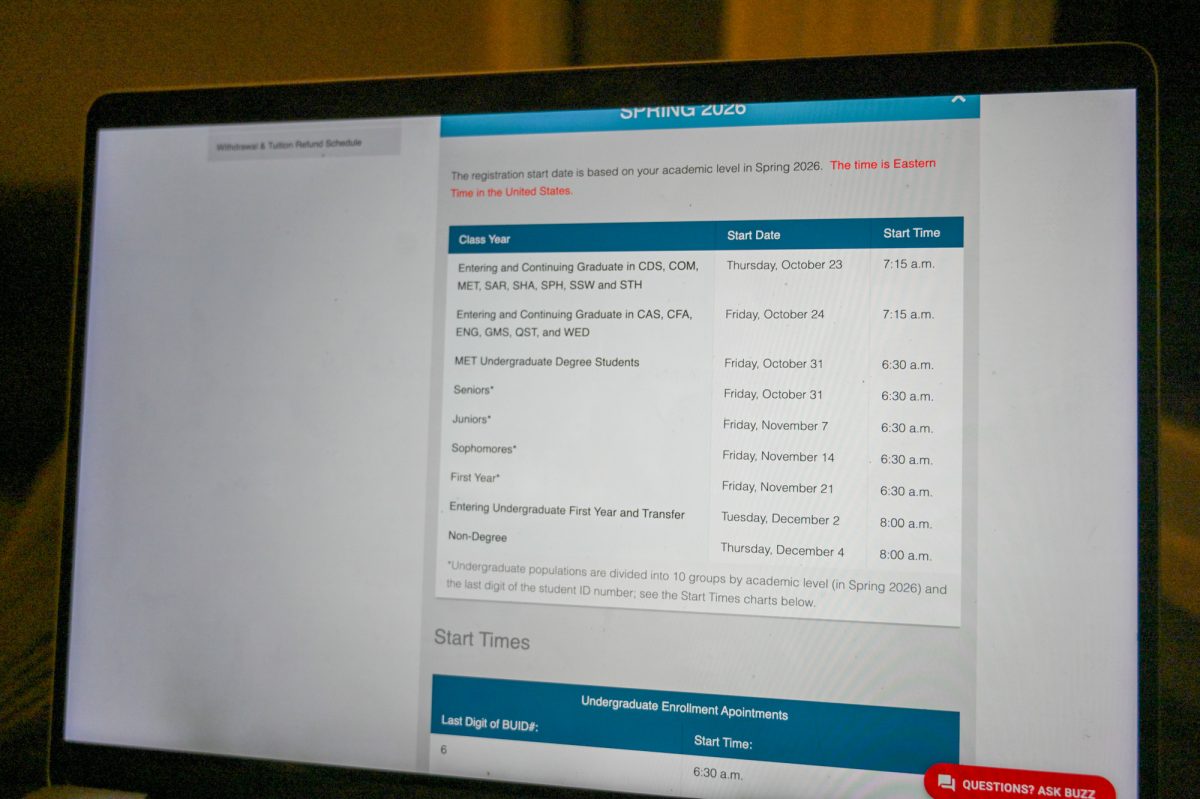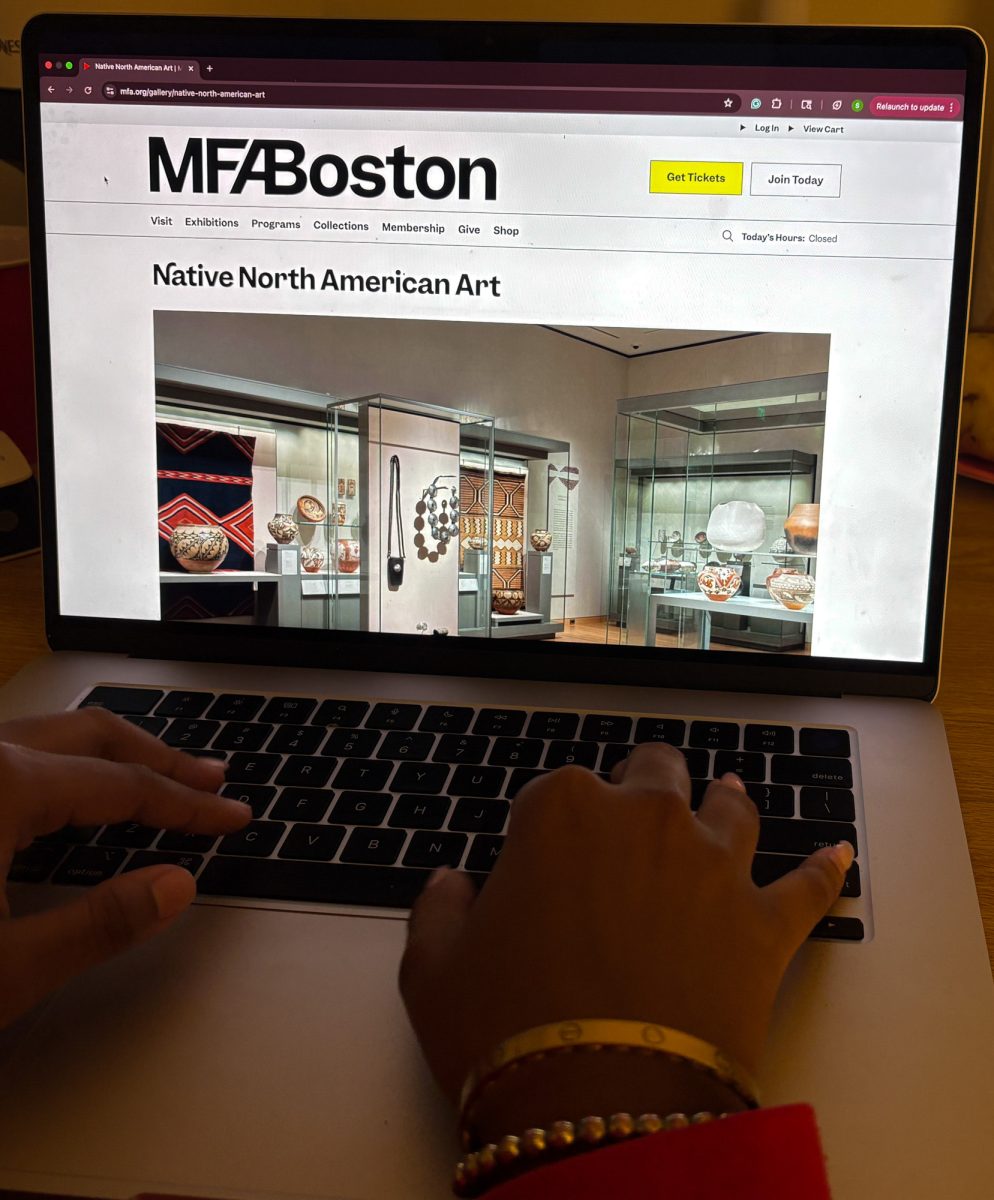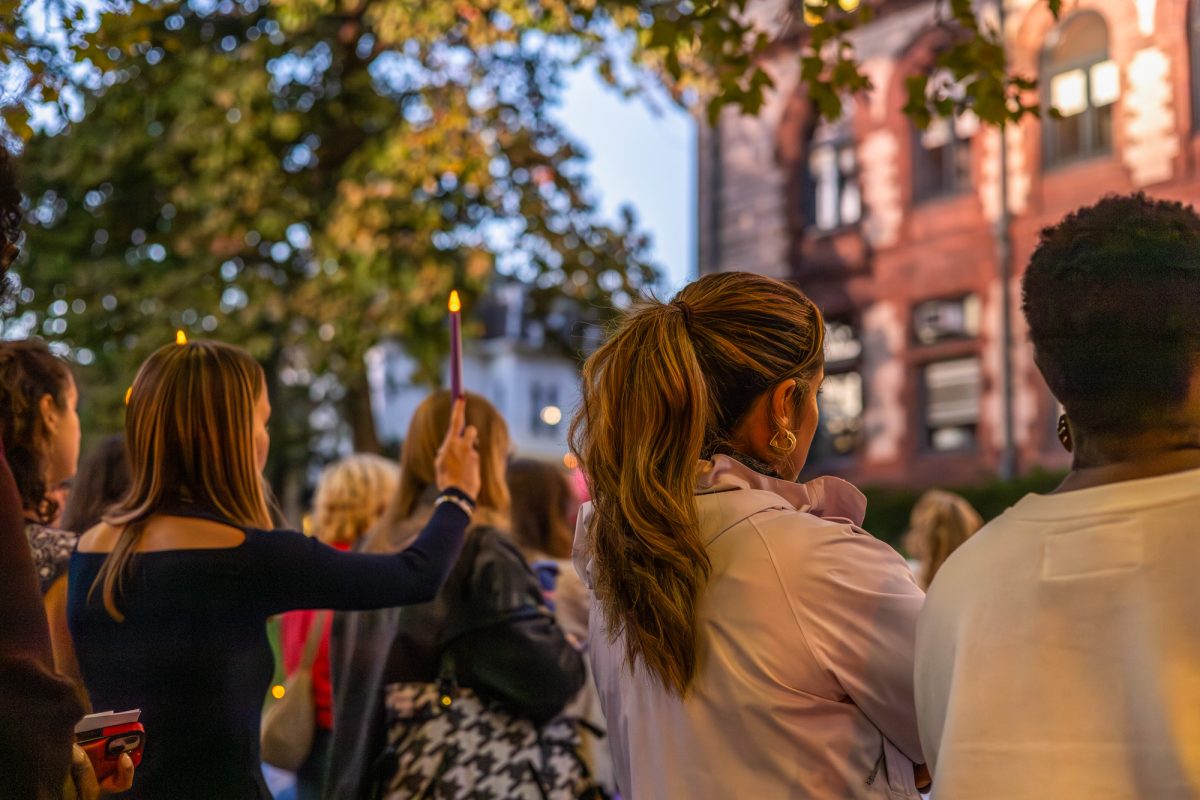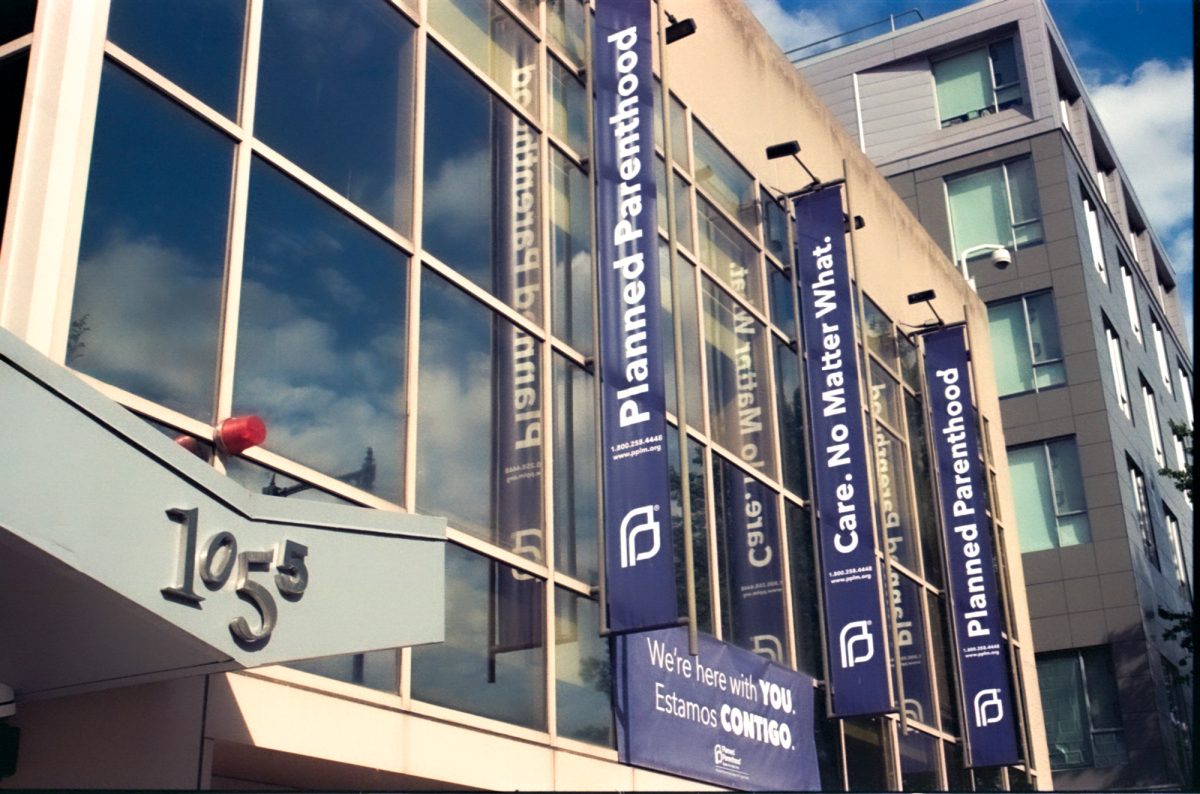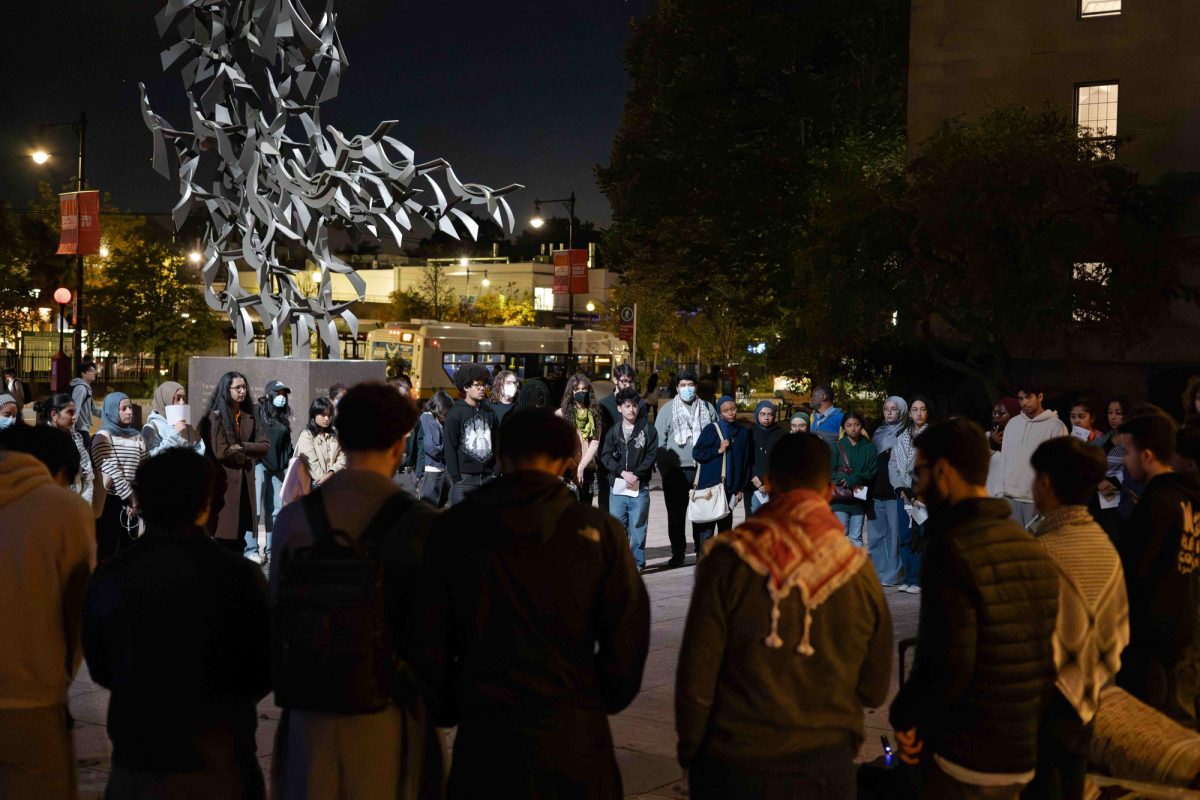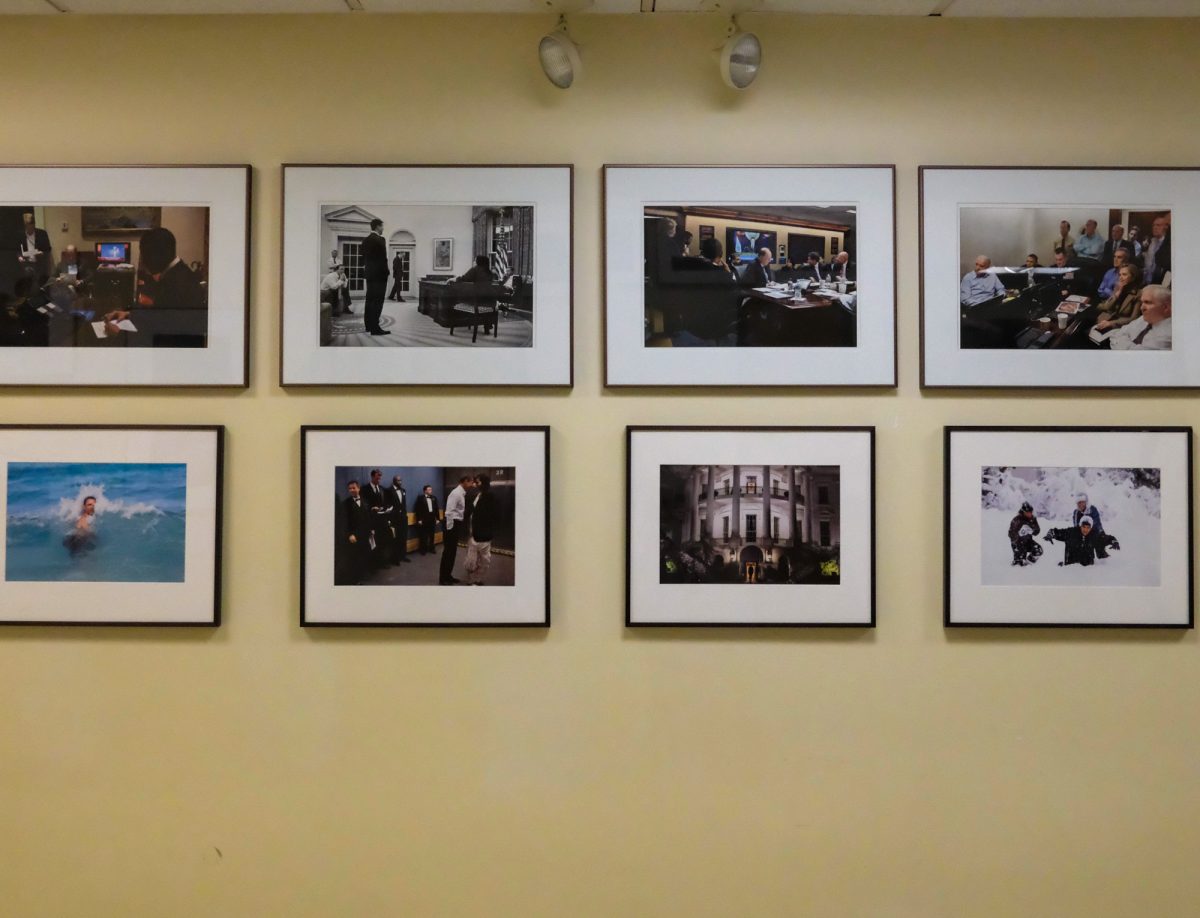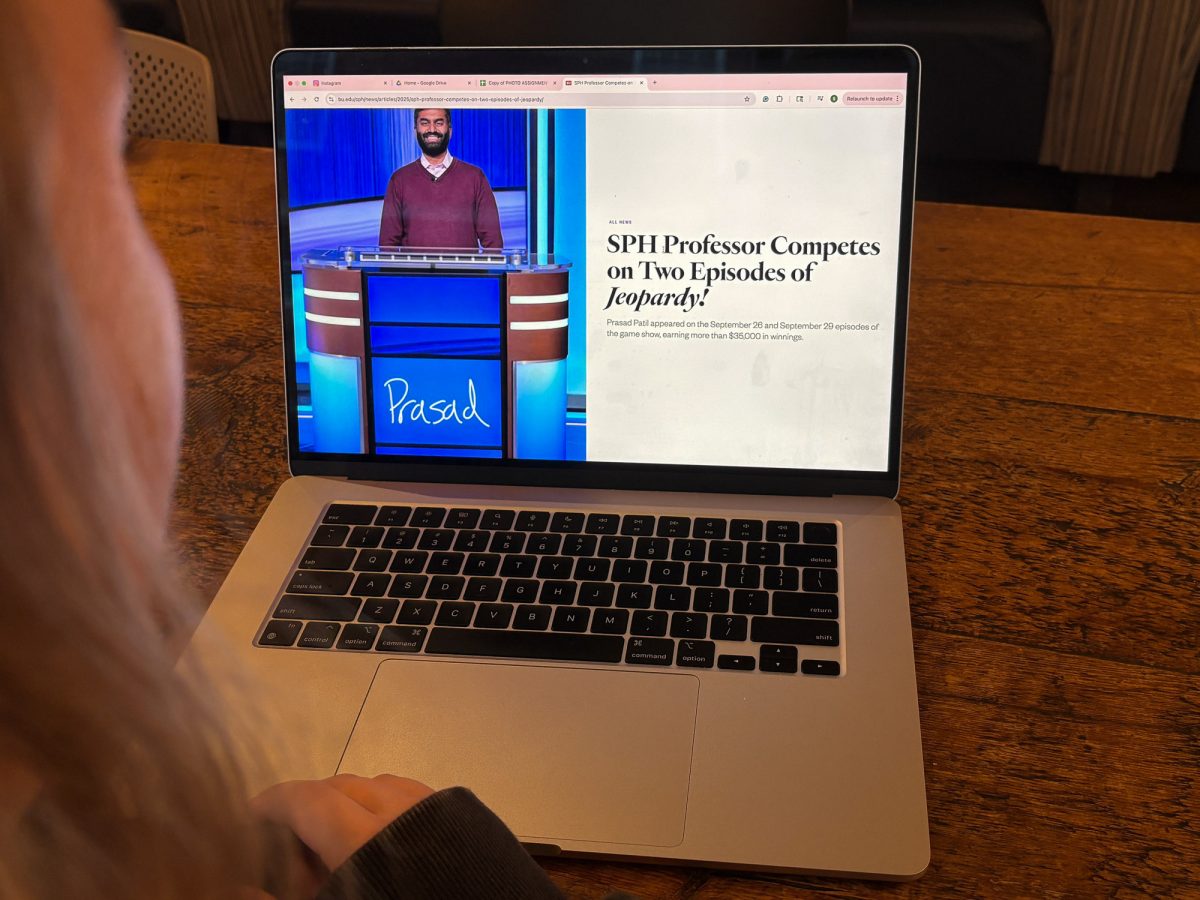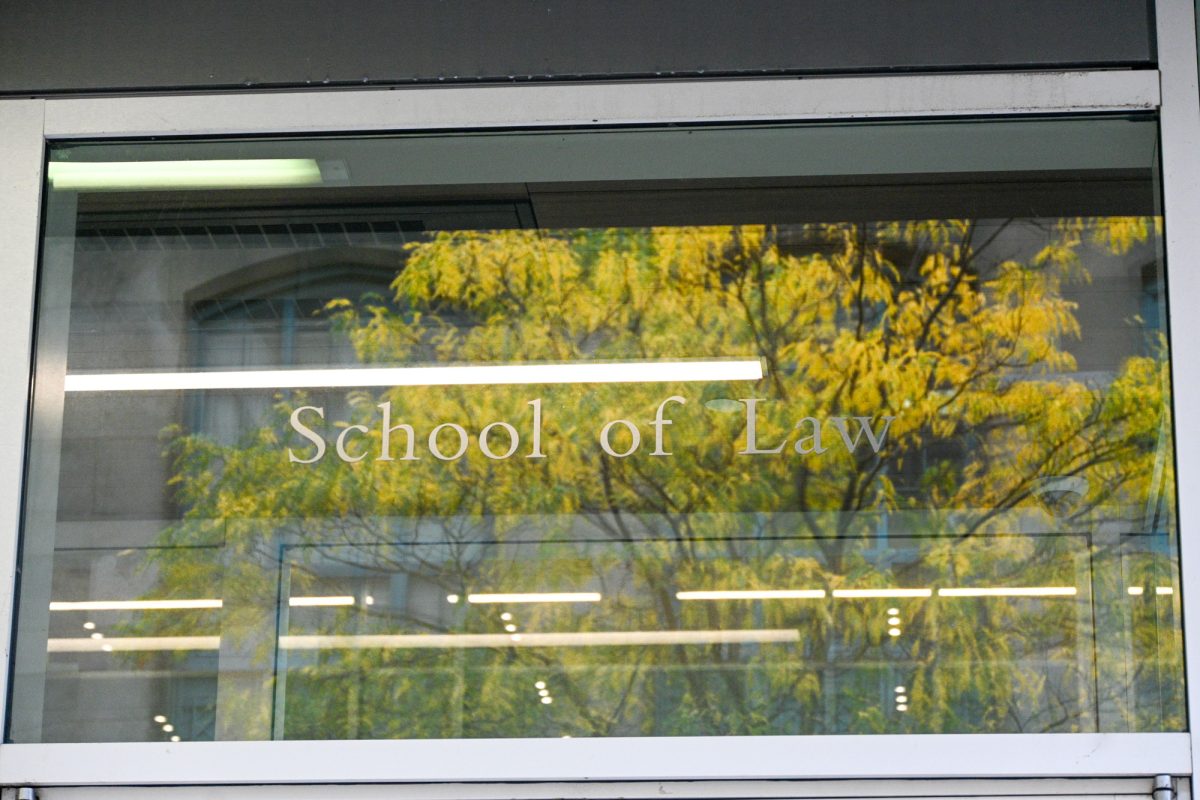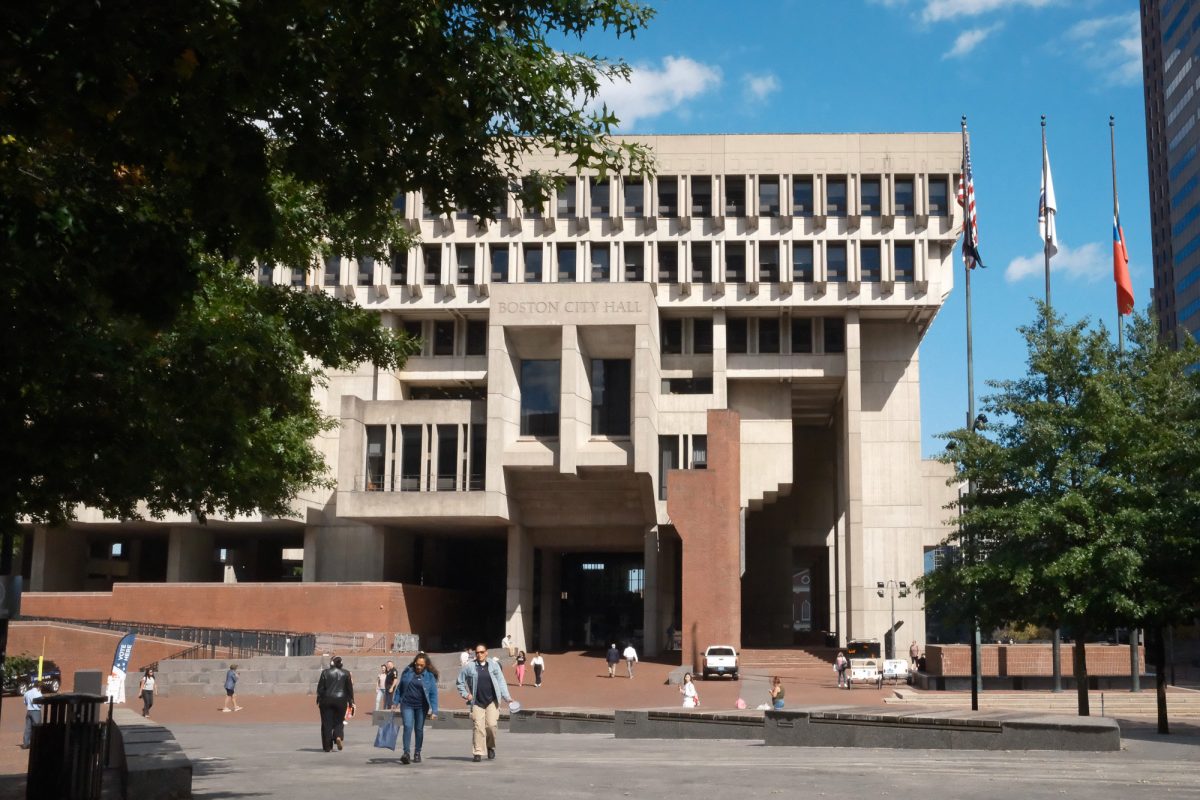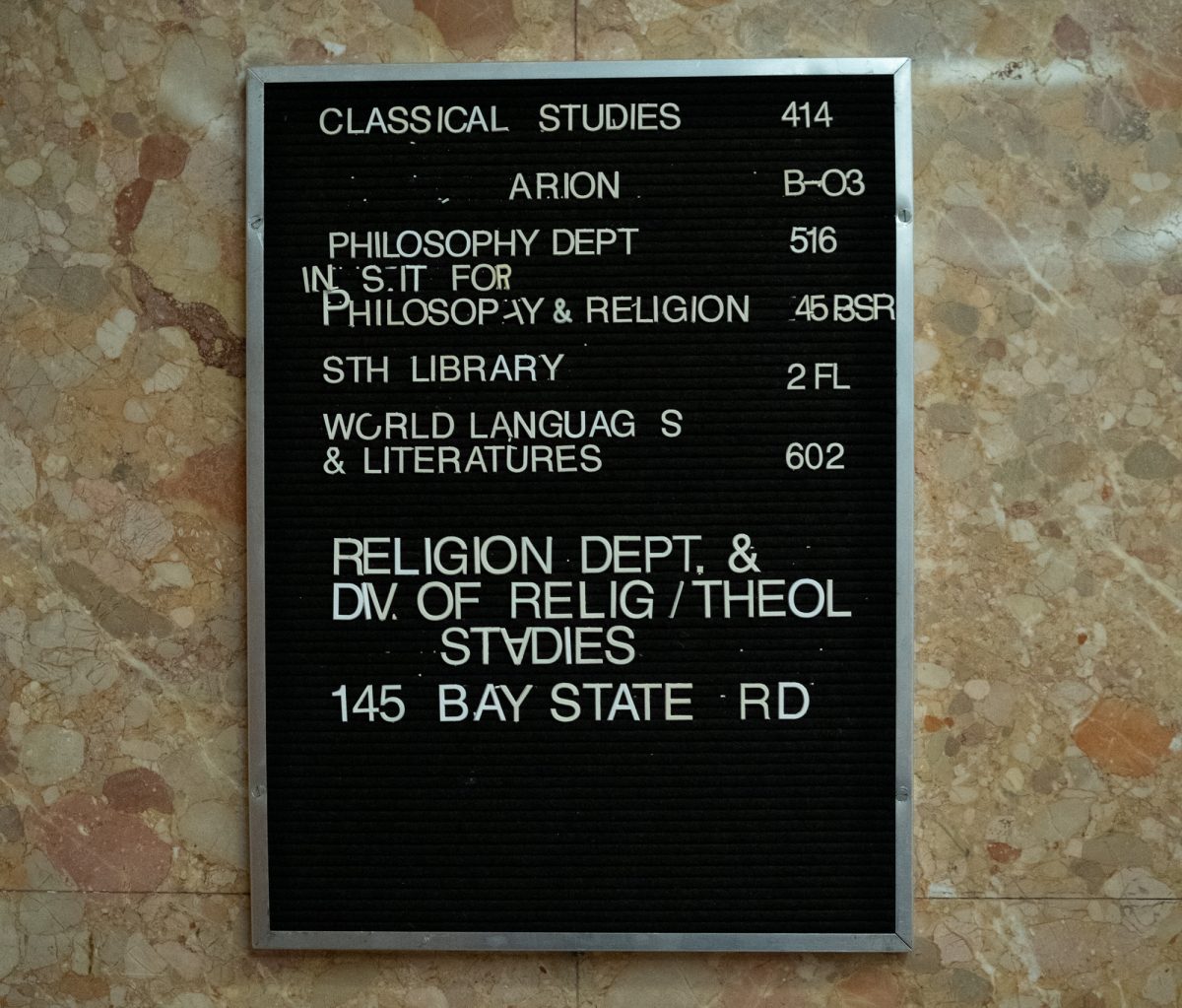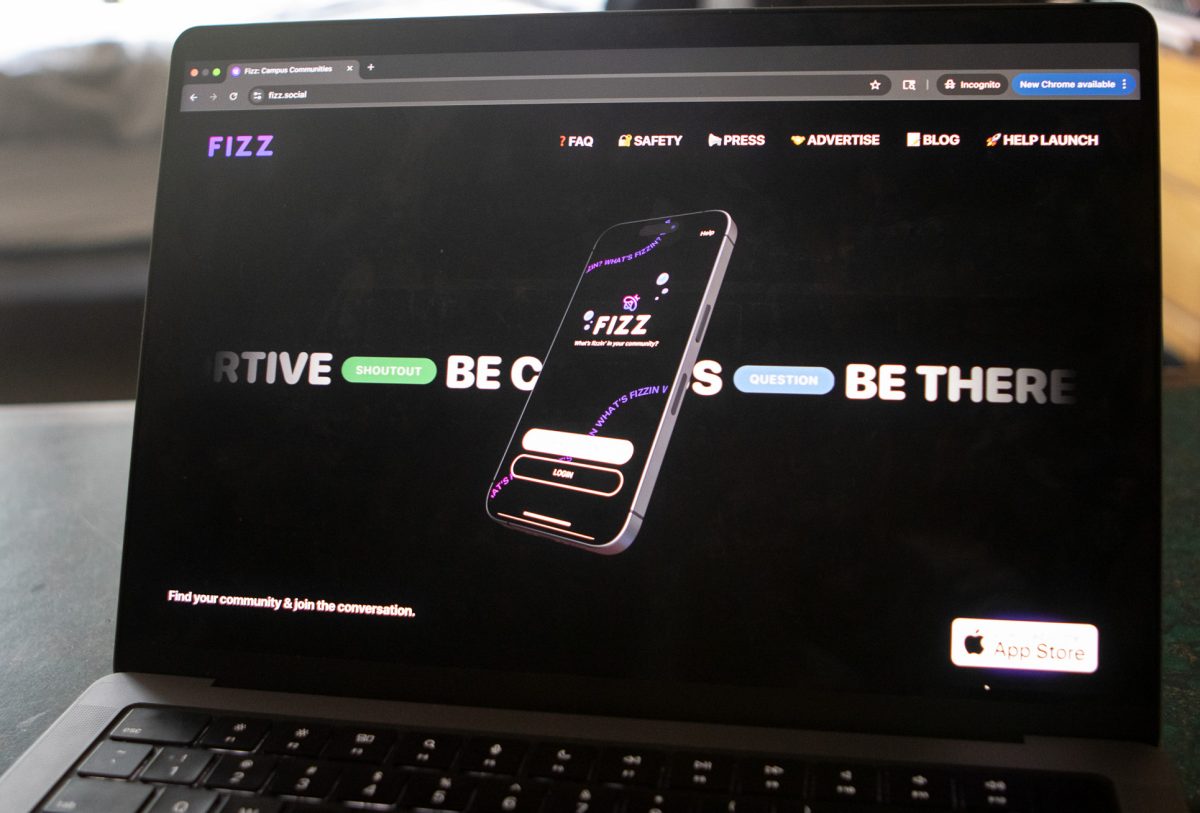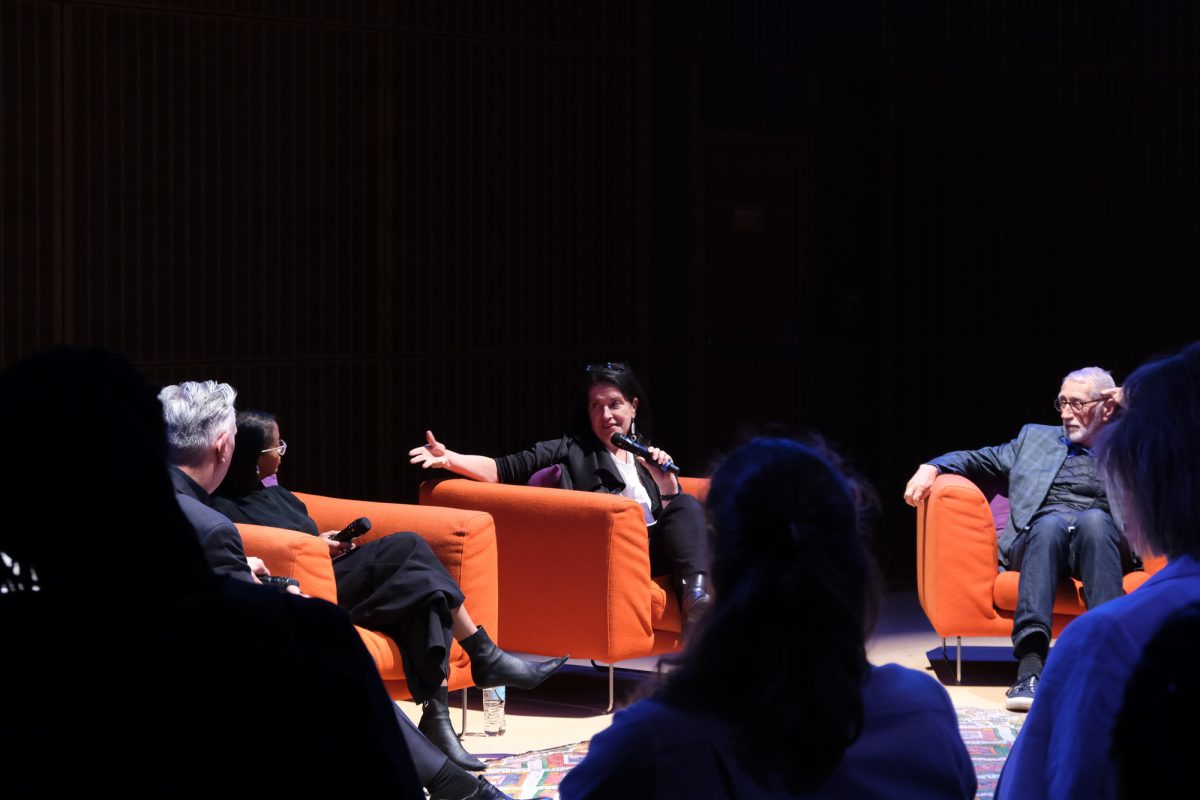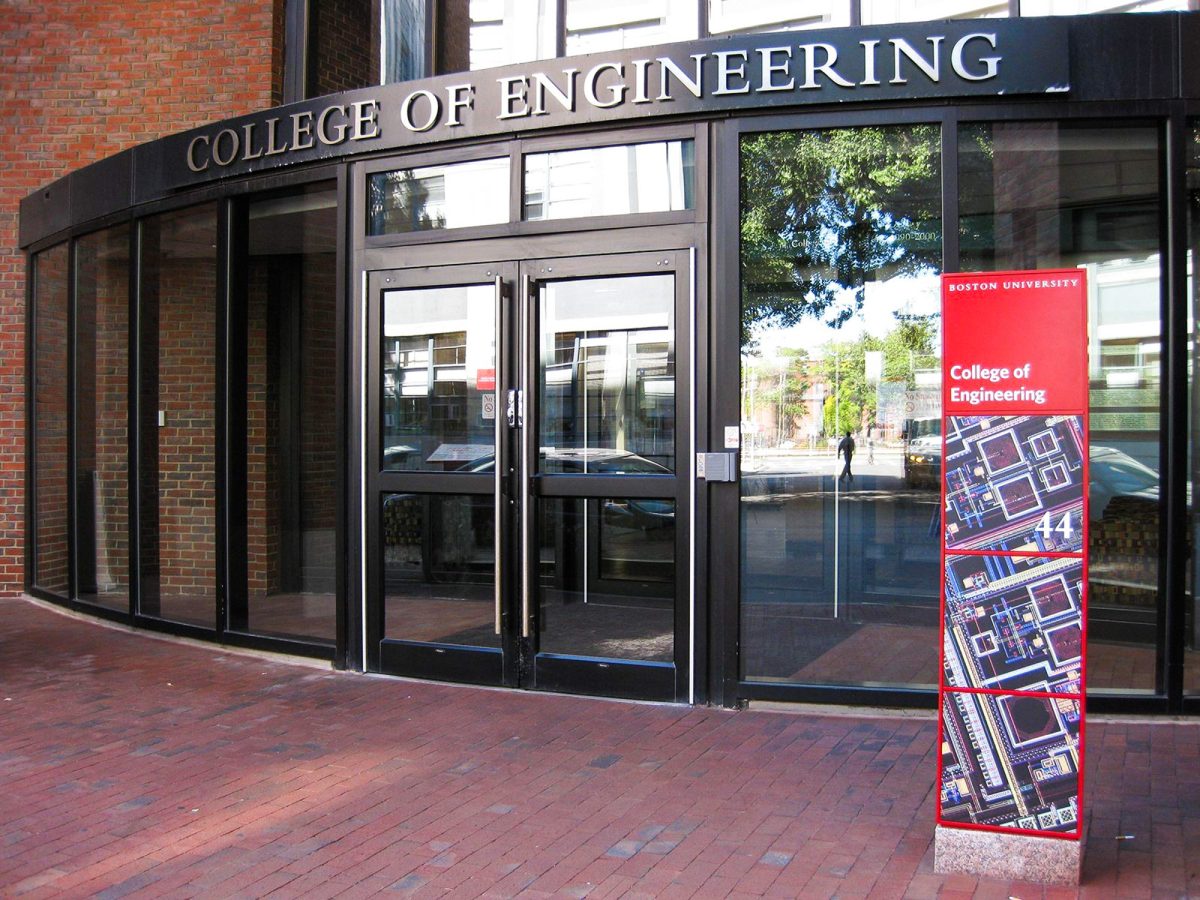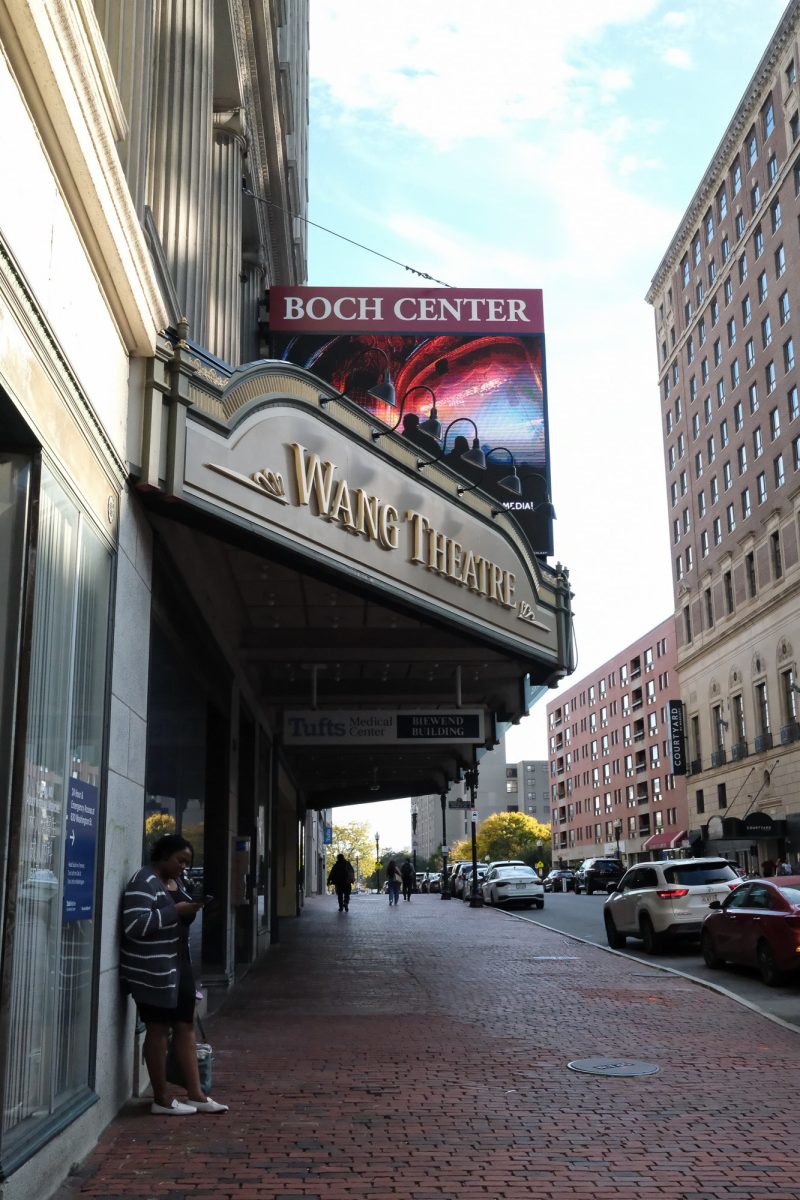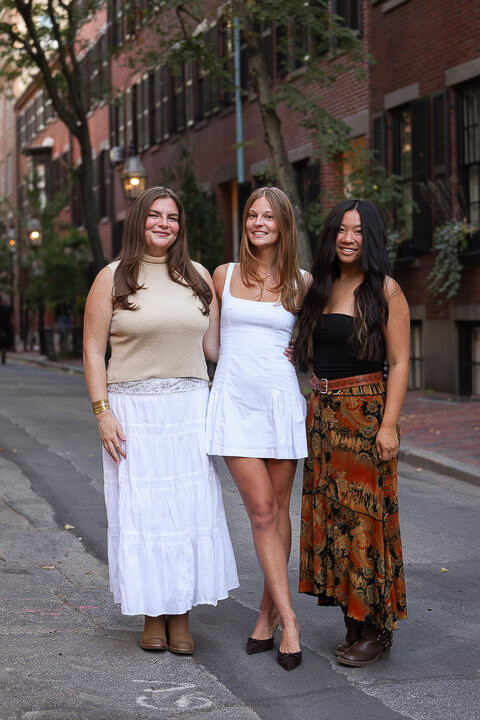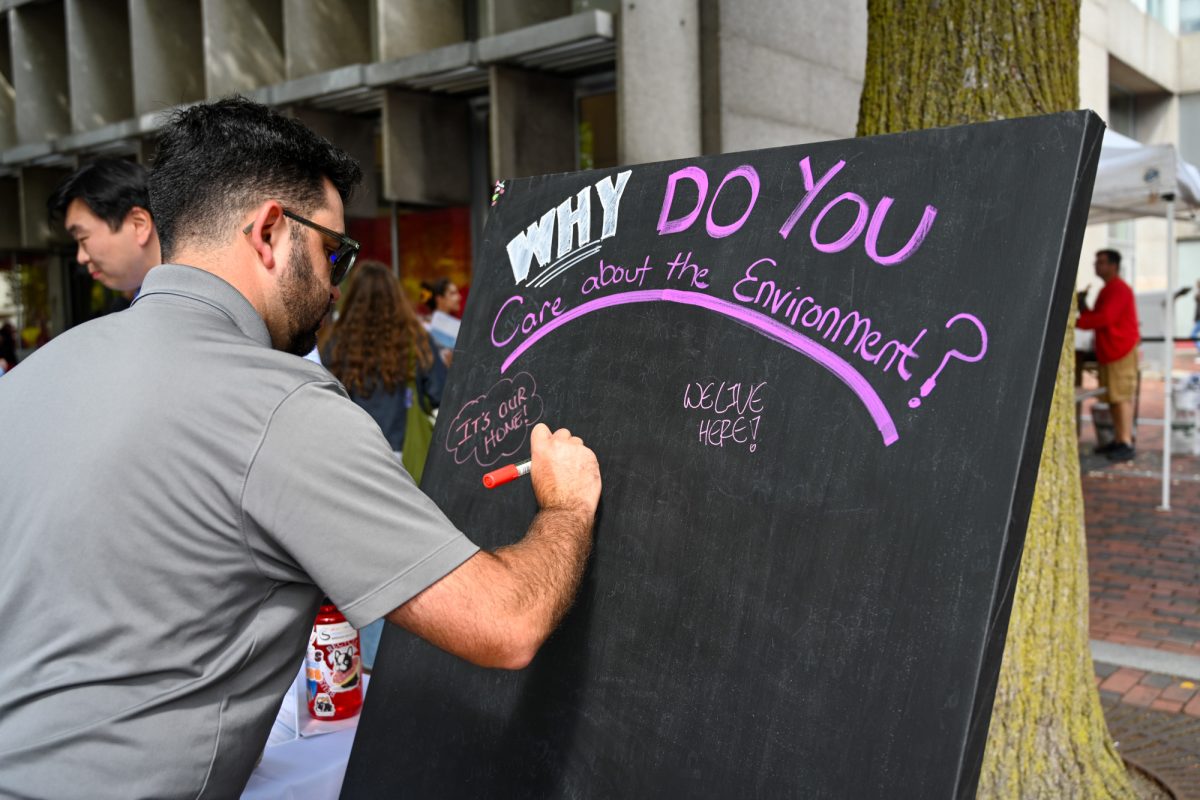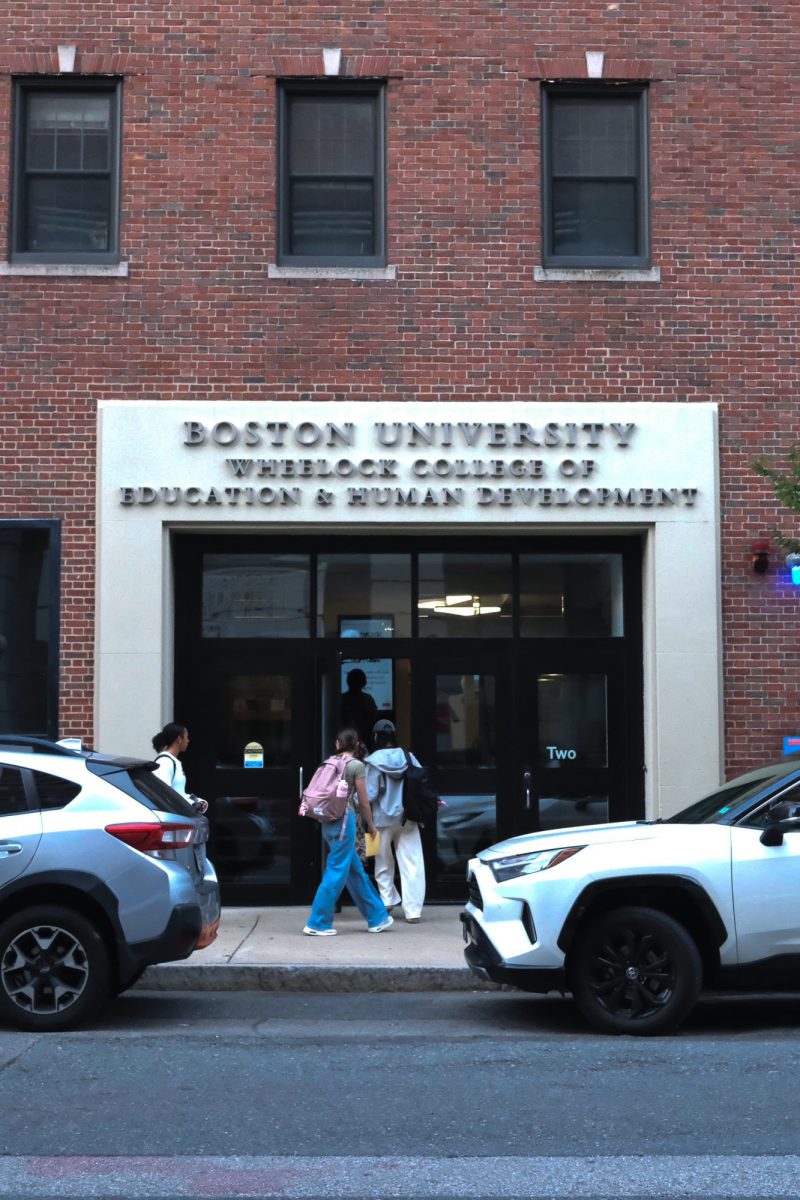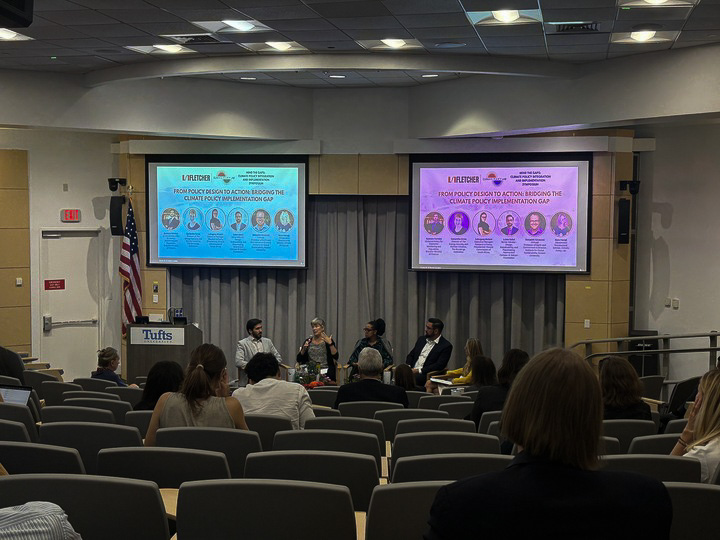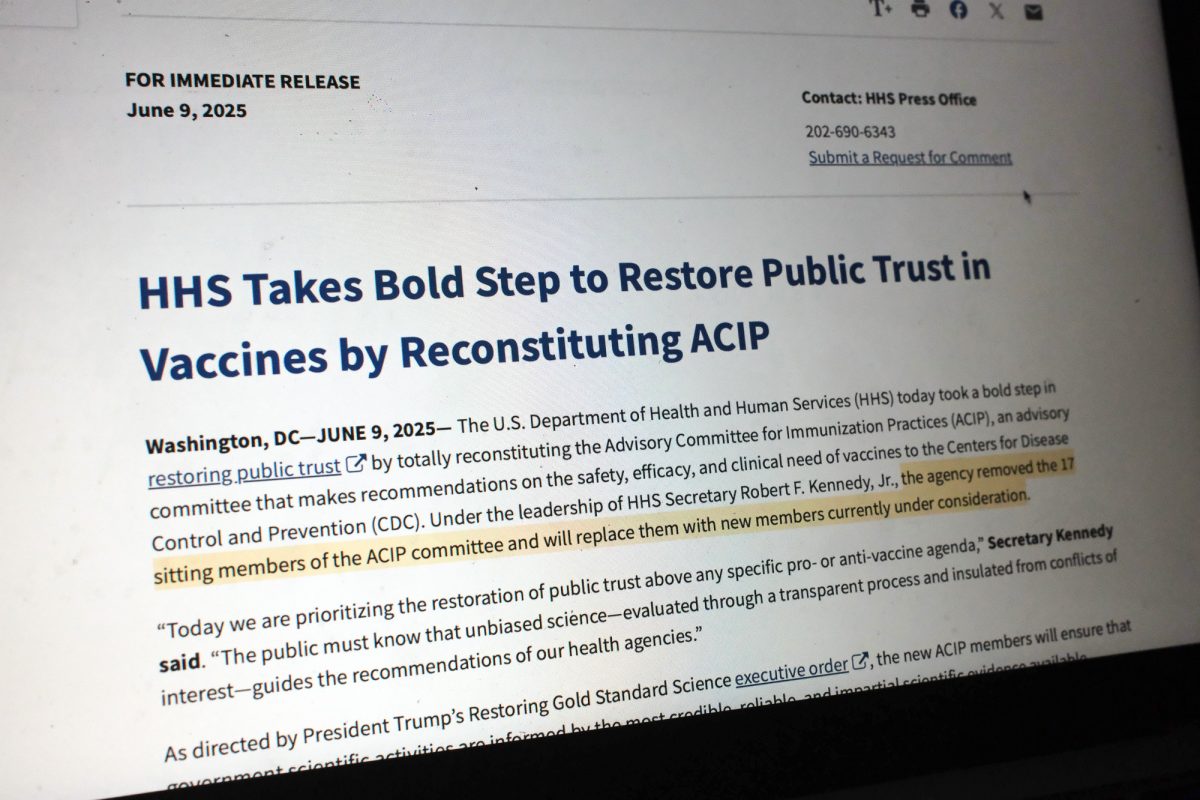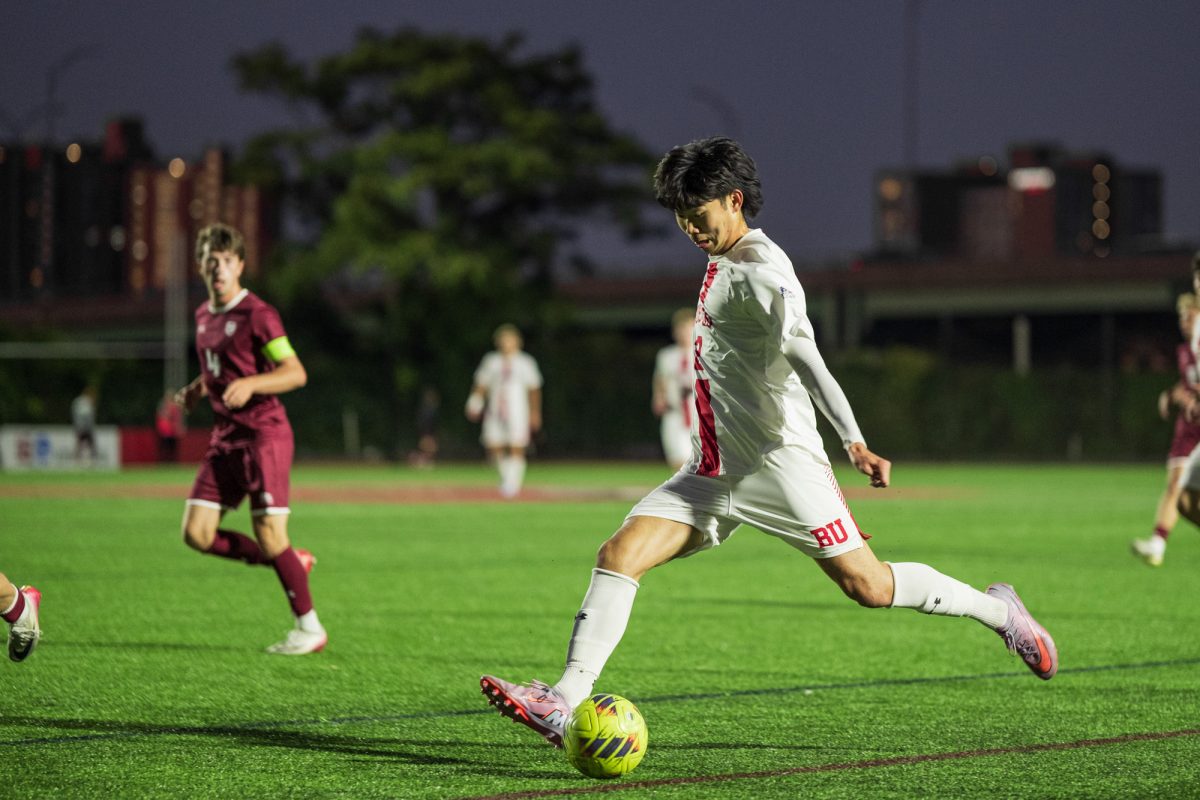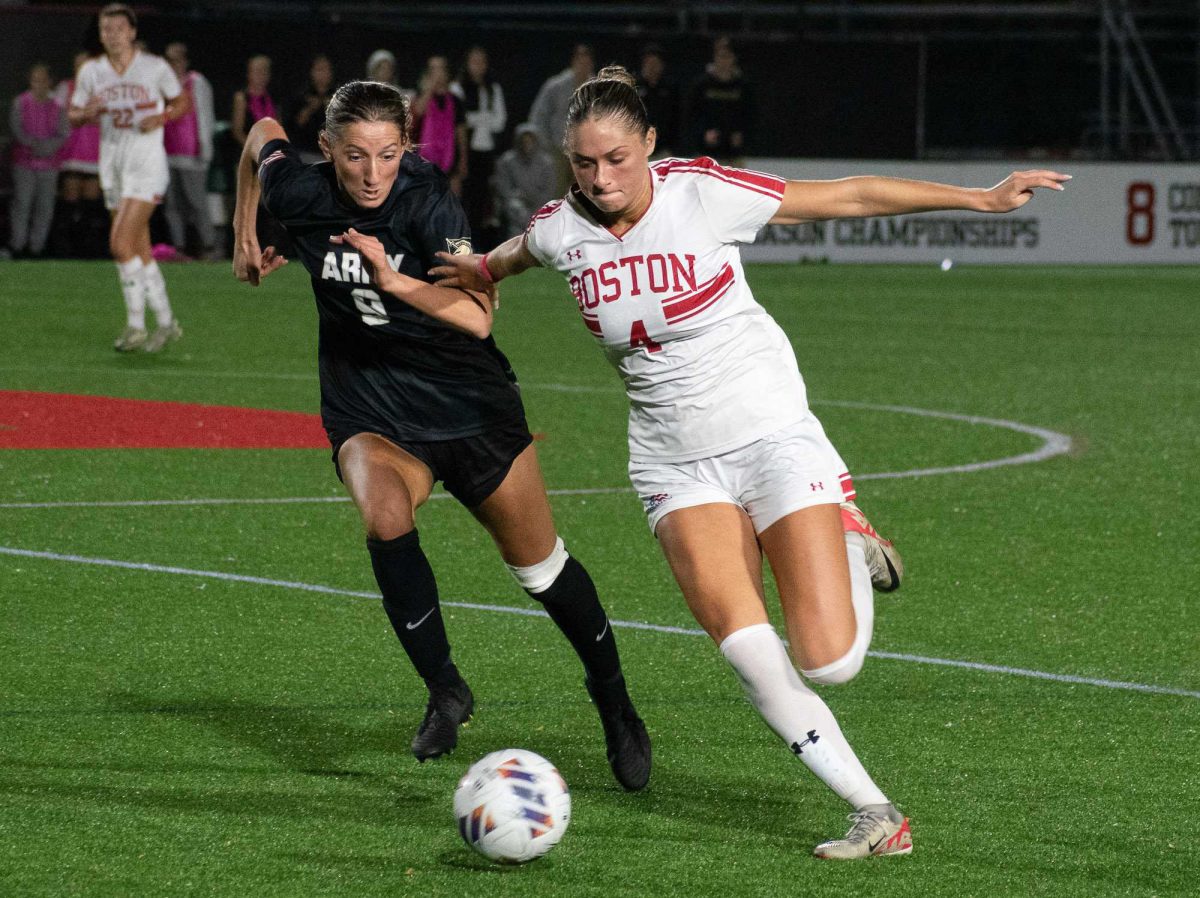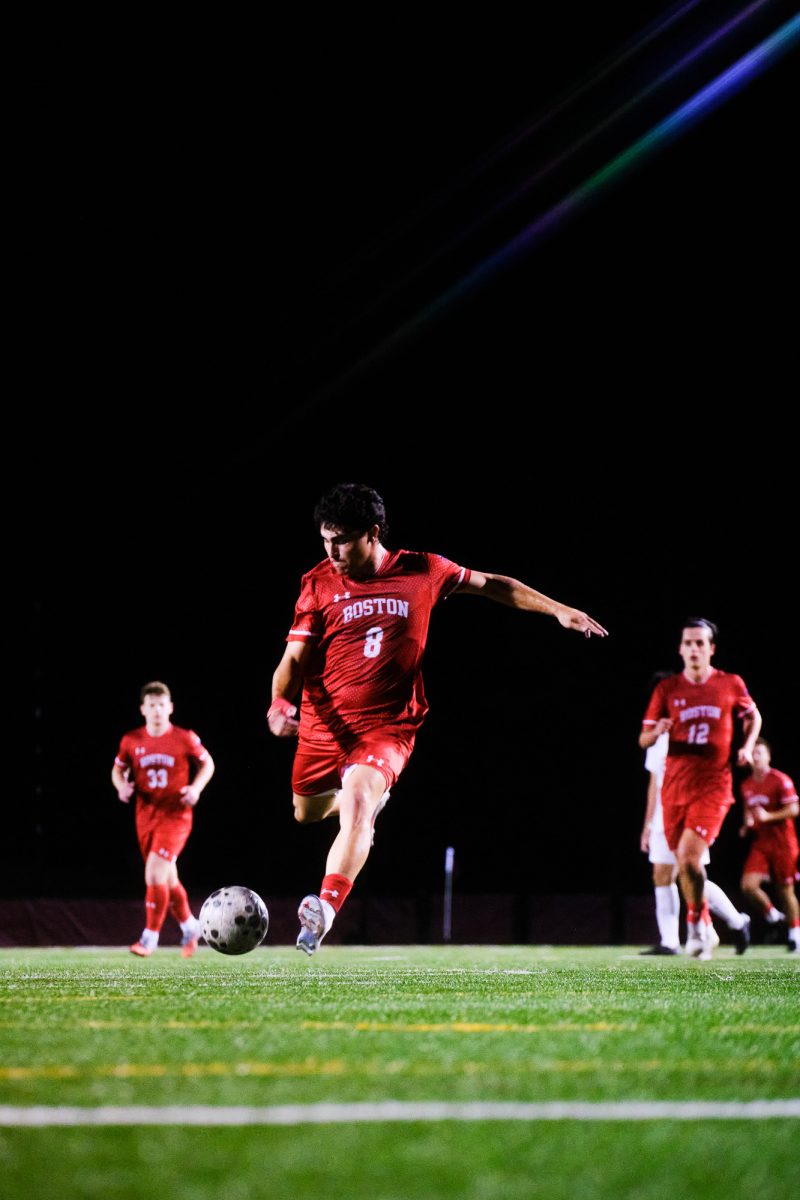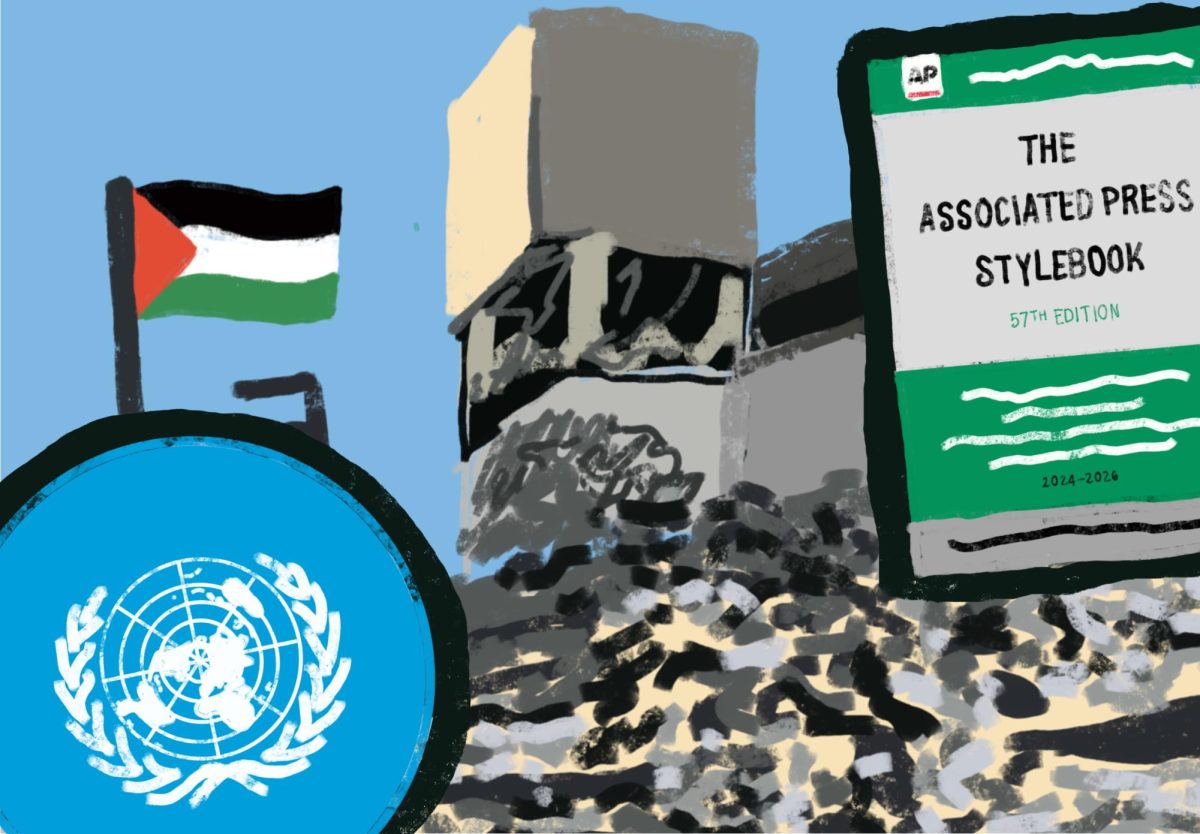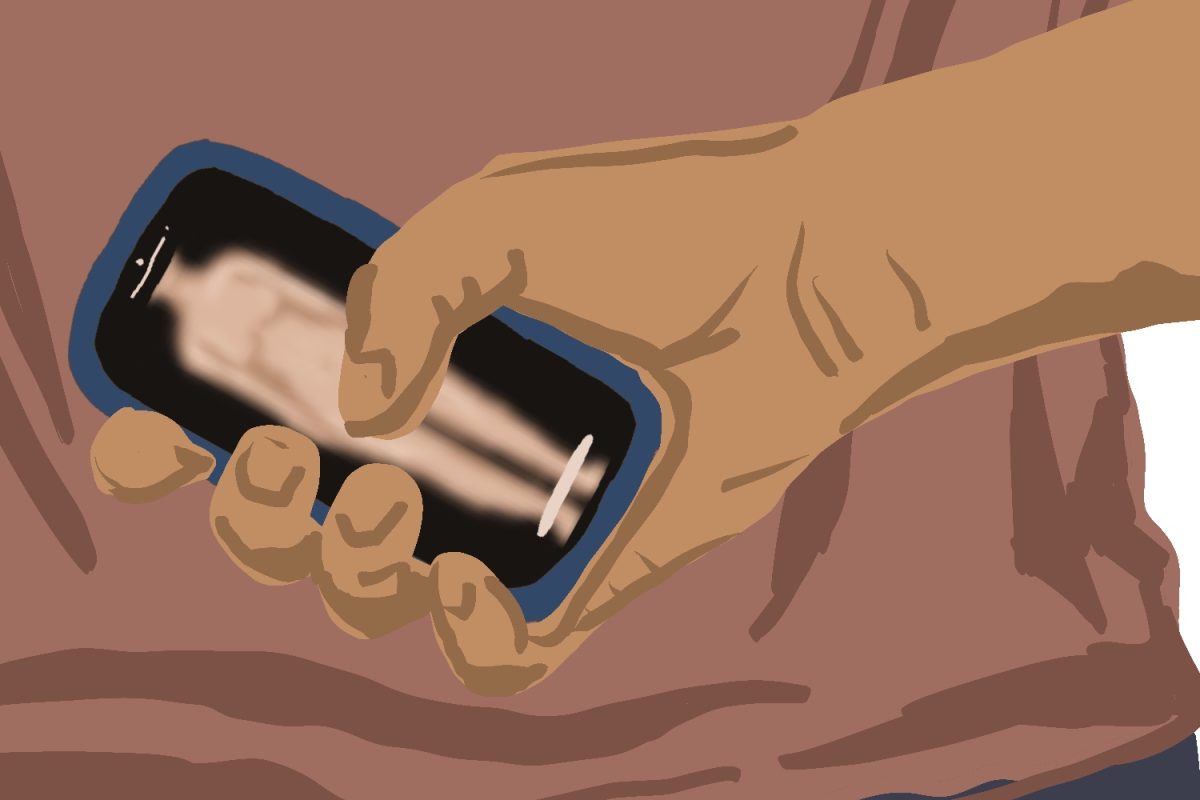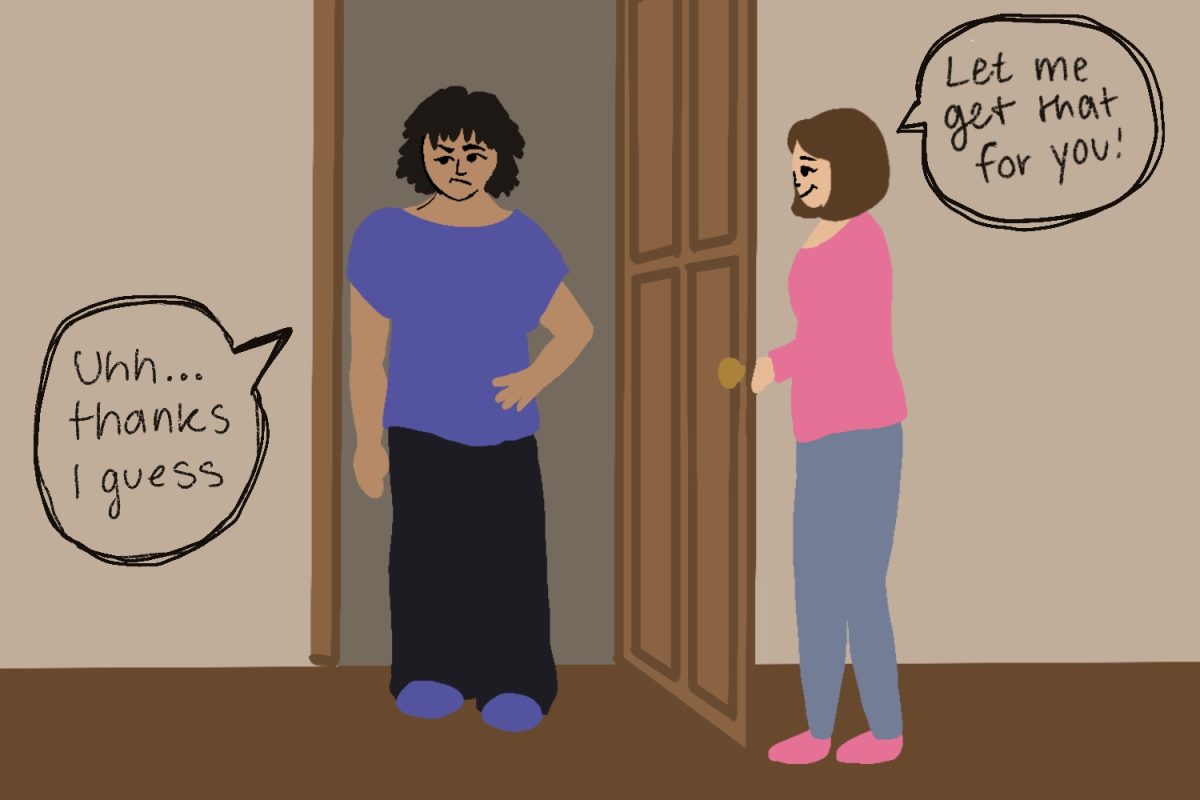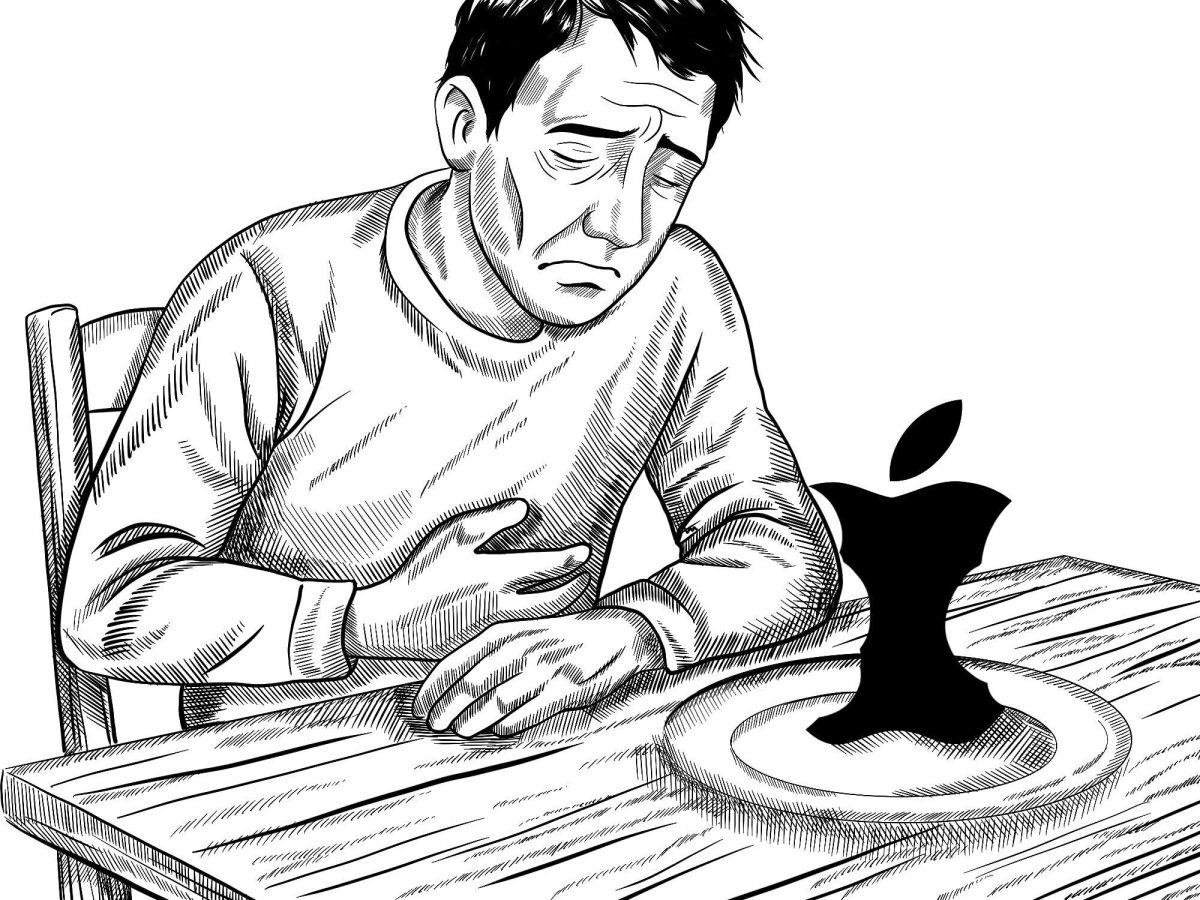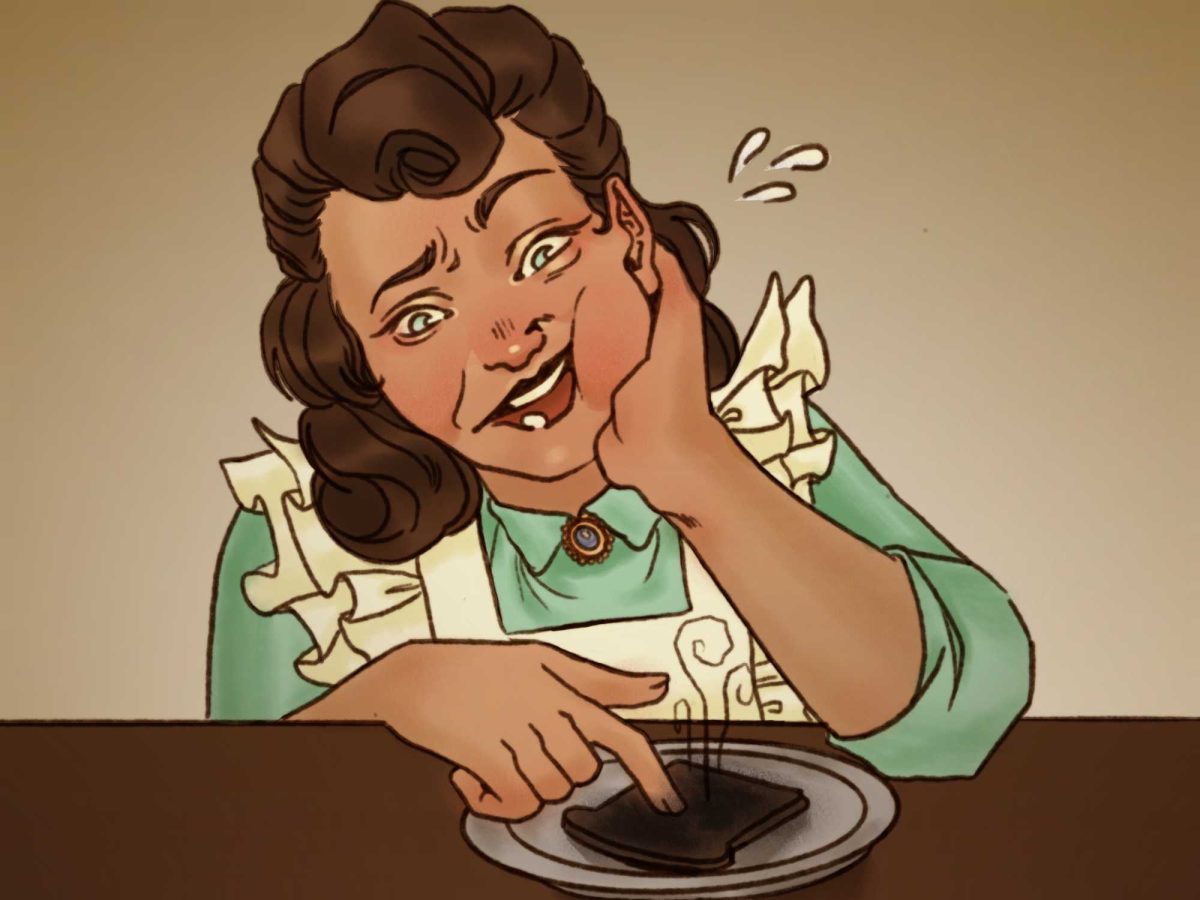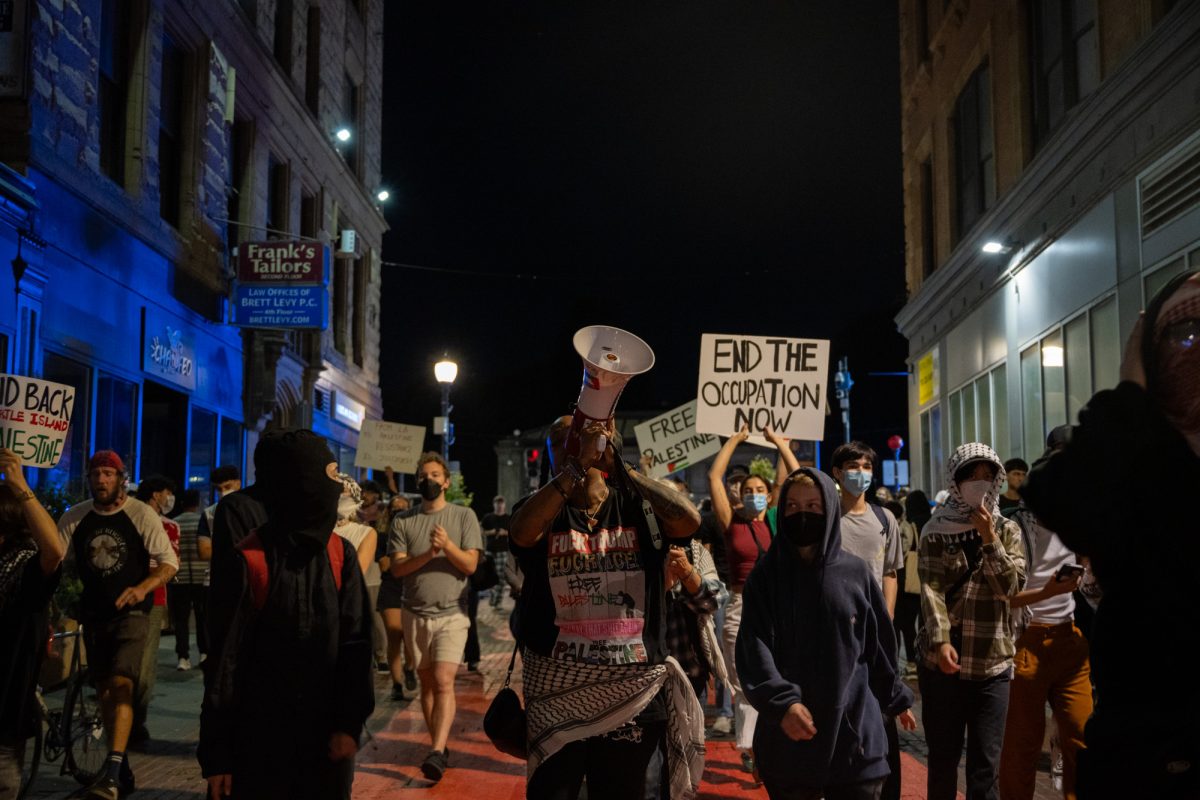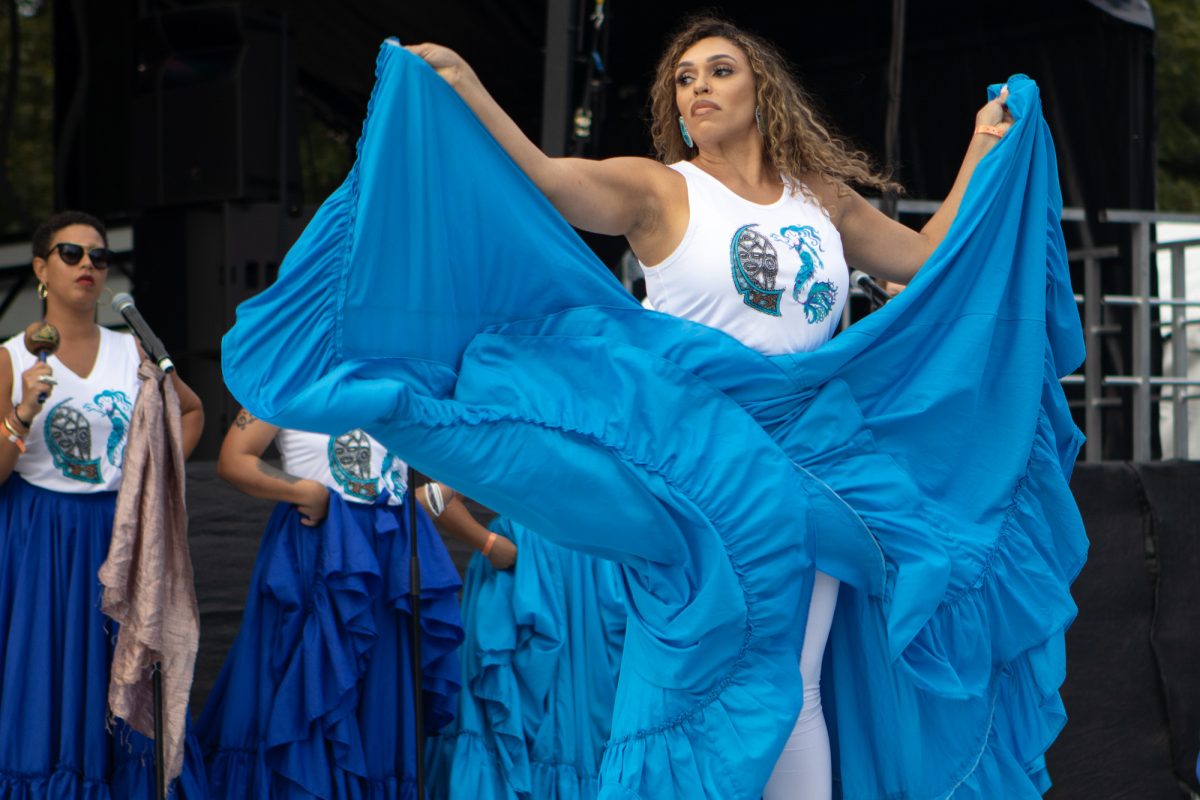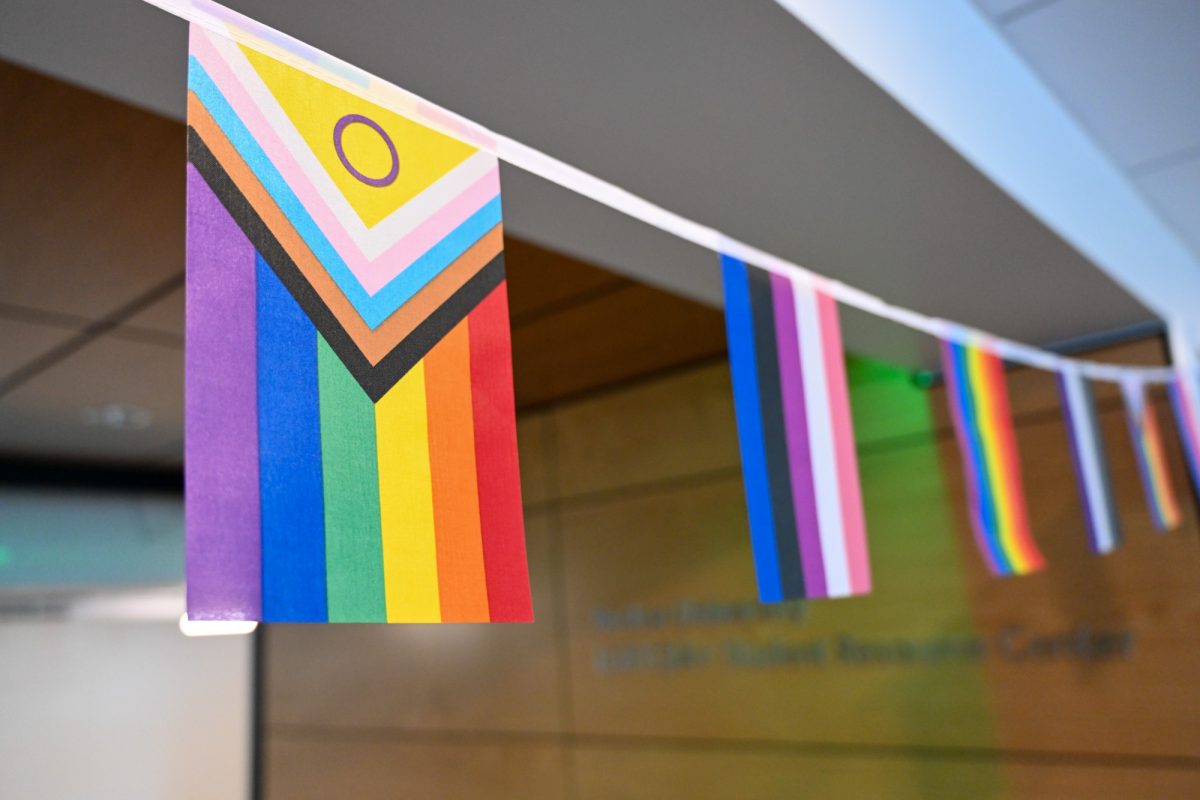Boston University will front $1.9 million for a complete overhaul of the Hotel Commonwealth’s façade, after university officials, the project’s developers and community members expressed disappointment in the look of the hotel’s current exterior early this year, BU spokesman Kevin Carleton said yesterday.
The current façade, which Carleton said is comprised of fiberglass paneling with window cutouts, will be replaced with materials that will look more like the surrounding buildings, including the Kenmore Abbey directly next to the Hotel Commonwealth.
Money for the project will come out of BU’s construction budget, according to Carleton. He said the $1.9 million price tag is an expense the university “can absorb at this point knowing there will be a return on our advancement.”
The contribution comes at the same time as the university is in the middle of one major construction job, the Student Village project, and thinking about several other major campus capital improvements, including new graduate student housing, a new Life Science and Engineering Building and three additional dormitories on the Student Village site. But Carleton said the design improvements should speed the project’s money-making ability.
“Hopefully, the improvements will improve revenue generation early in the startup phase,” he said.
The hotel is expected to open next month behind the current façade. Carleton said it will take 10 to 12 weeks from the time the designs are complete and orders submitted for the new materials to be manufactured and delivered, and an additional 10 weeks to attach the new materials. The project should be complete by late in the summer, he said.
BU and project officials first became concerned with the planned hotel exterior materials when they were delivered early in the fall, Carleton said. He said the building’s look “wasn’t exactly what we had expected.”
Carleton said the fiberglass material has been used successfully at other locations in Boston, including the Lenox Hotel near Copley Square. Use of the material came at the recommendation of the project’s development team, Carleton said.
After the university’s initial concerns, Carleton said the project’s developers thought they could fix any aesthetic concerns with paint, an idea which eventually backfired.
“Originally, there was hope that the solution would involve making adjustments to the material,” Carleton said. “As things went on, we realized that a better solution was to replace that material.”
Going ahead with the material’s installation has proven to be what Carleton called “an experiment that did not work.”
The university and developers had thought about redesigning the building’s façade throughout the fall and winter, Carleton said.
Community member concerns began to crescendo in early January. But it would have been impossible for project officials to develop entirely new plans for the building’s exterior in a little over one month, according to Carleton.
“With or without community concerns, we would have taken this action,” he said.
Kenmore Association president Pamela Beale, who owns Kenmore Square bar Cornwall’s and is chairwoman of BU’s Community Task Force, said the changes will make the building look more like the way community members were told it would look during the planning process. The hotel’s current exterior is not what Kenmore area community members expected, she said.
“It was not what we’d seen in the original drawings,” Beale said. “We’re happy to have it back to what we originally thought we were getting.”
The current design would not have turned customers off, Beale said, but “wouldn’t have been as elegant as they were saying.”
“They were expecting a four-star hotel, we were expecting a four-star hotel,” she said. “It didn’t look like that.”
Beale said community leaders began to pressure BU and the project’s designers to change the façade after first taking a “wait and watch” approach to the situation.
“As it kept going and things didn’t get back to where we thought they’d be, we said ‘this isn’t what we expected and we aren’t pleased and can we please rethink it,'” she said.
Beale said the decision to make exterior changes was made only after university officials stepped in and decided the were “going to take back this project.” She said she did not think the developers were willing to make the decision to make changes because it was a “big financial commitment.”
College of Communication sophomore Jay Goldberg said the changes are a smart move, both for the university and the project’s developers. The building’s current exterior looks like something out of Disneyworld, not the middle of Boston, he said.
“It looks like ‘It’s a Small World’ – I’m just waiting for the little pinwheels to go on top,” Goldberg said. “It’s not an eyesore, it just doesn’t look like it really belongs.”
College of Arts and Sciences sophomore Emily Patuski went further, saying she thinks the building’s current façade looks “ugly.”
“For the amount of time they’ve put in on it, it looks pretty bad,” Patsuki said.
Sean O’Donnell, a sophomore in CAS, also said he does not like the current exterior design, mostly because it lacks continuity with the rest of Kenmore Square. He said the planned changes will be a much-needed improvement which could make the area look very nice.
“I don’t think the architecture matches anything else, and it could go a long way toward reestablishing unity in Kenmore Square,” he said. “If it’s renovated to match the building next to it, that’s great.”
But COM freshman Andy Kitaeff said making it look more like the Kenmore Abbey building might not be such a good idea.
“I don’t know why they’d want to make two buildings look like each other next to each other,” he said. “That sounds stupid to me.”
Kitaeff said the fact that BU will be fronting $1.9 million for the building improvements does not surprise him because “BU spends a lot of money on useless stuff.”
“BU spends a lot of money on things that don’t really affect students,” he said.
But other students said the investment will be a good one. Goldberg said the planned improvements could look very good, and spending large amounts of money on a project as large as the Hotel Commonwealth would be a good investment.
“$1.9 million is a lot of money, but it’s a university and they’re constantly making money,” Goldberg said. “They should make it look quality.”
O’Donnell said he agrees that the advance is a smart investment, despite hard economic times.
“I’m not sure this is exactly the best time to be making that kind of investment,” he said. “But if they really see it as a good source of revenue, that’s a great idea.”
The building’s new design drawings, which should be released within the next few days, will also include other modifications, Carleton said. Project designers figured that as long as material is being replaced, they could look at “other aspects of the material design,” he said.
“A lot of these things are subtle, and it’s the kind of thing that if you look at it, you really have to take a microscope to it or a magnifying glass,” Carleton said.

